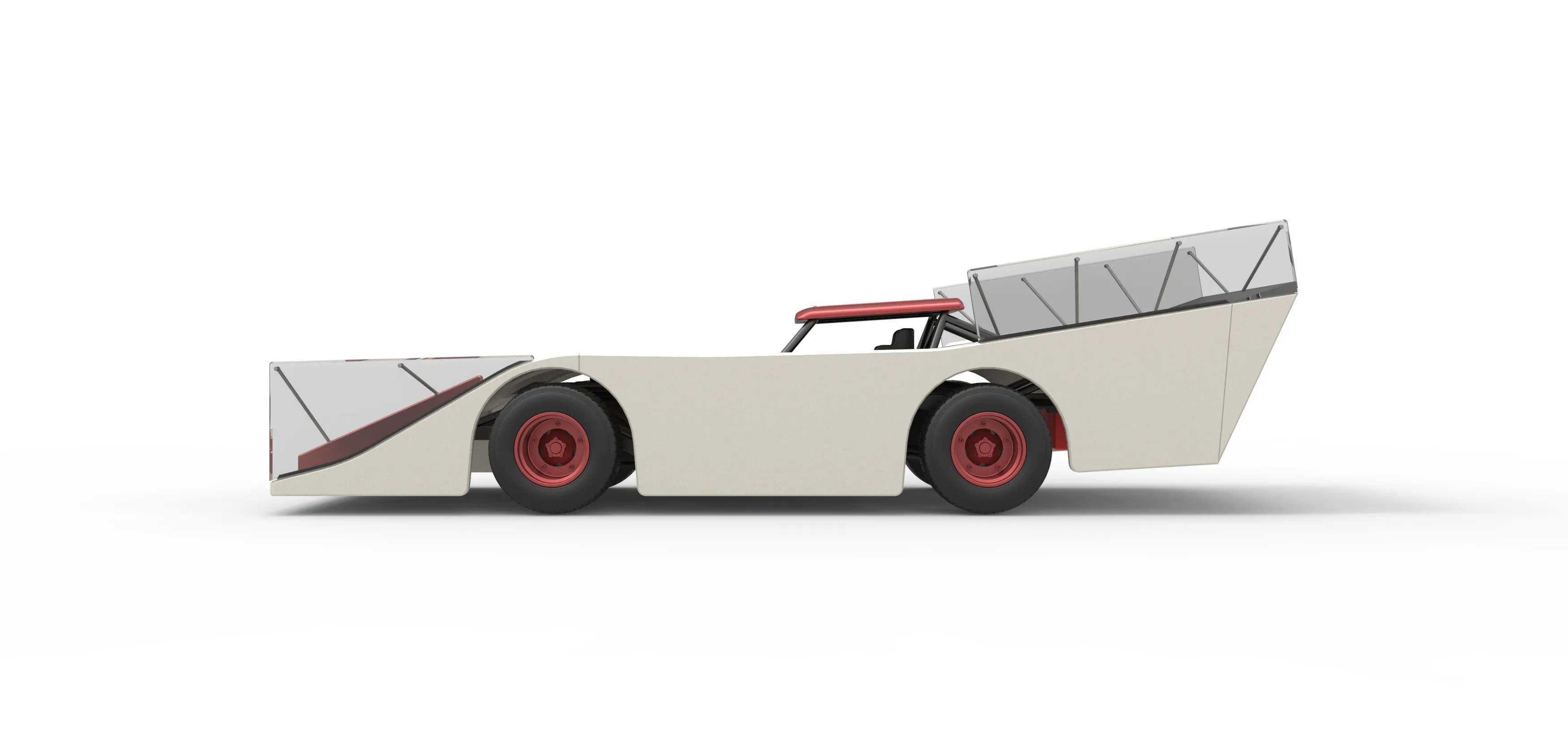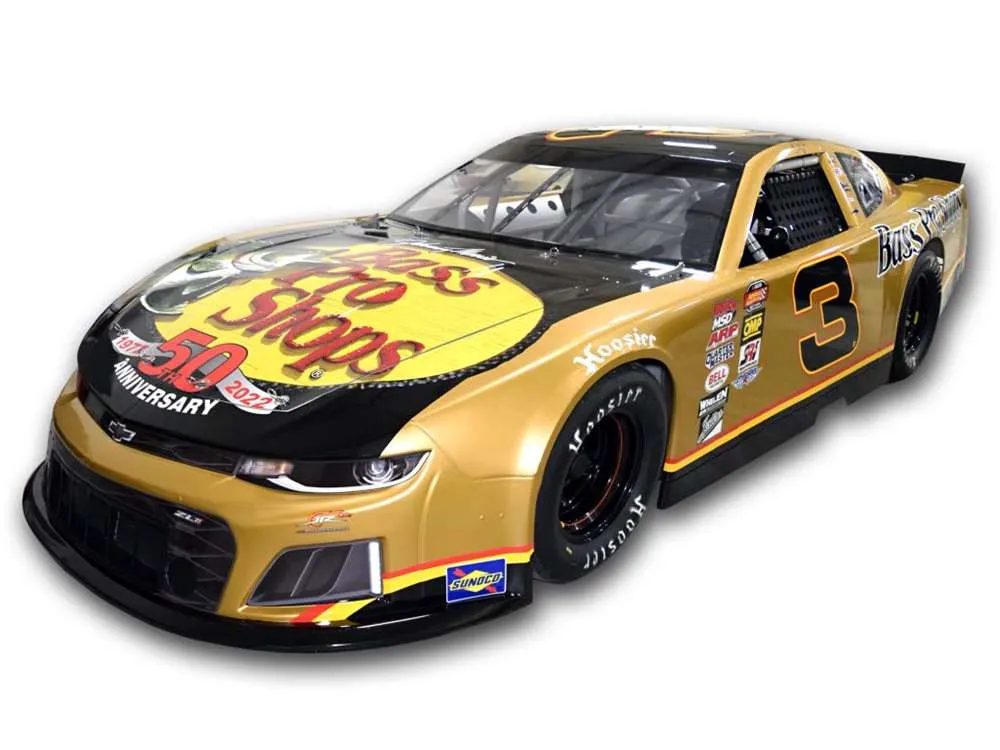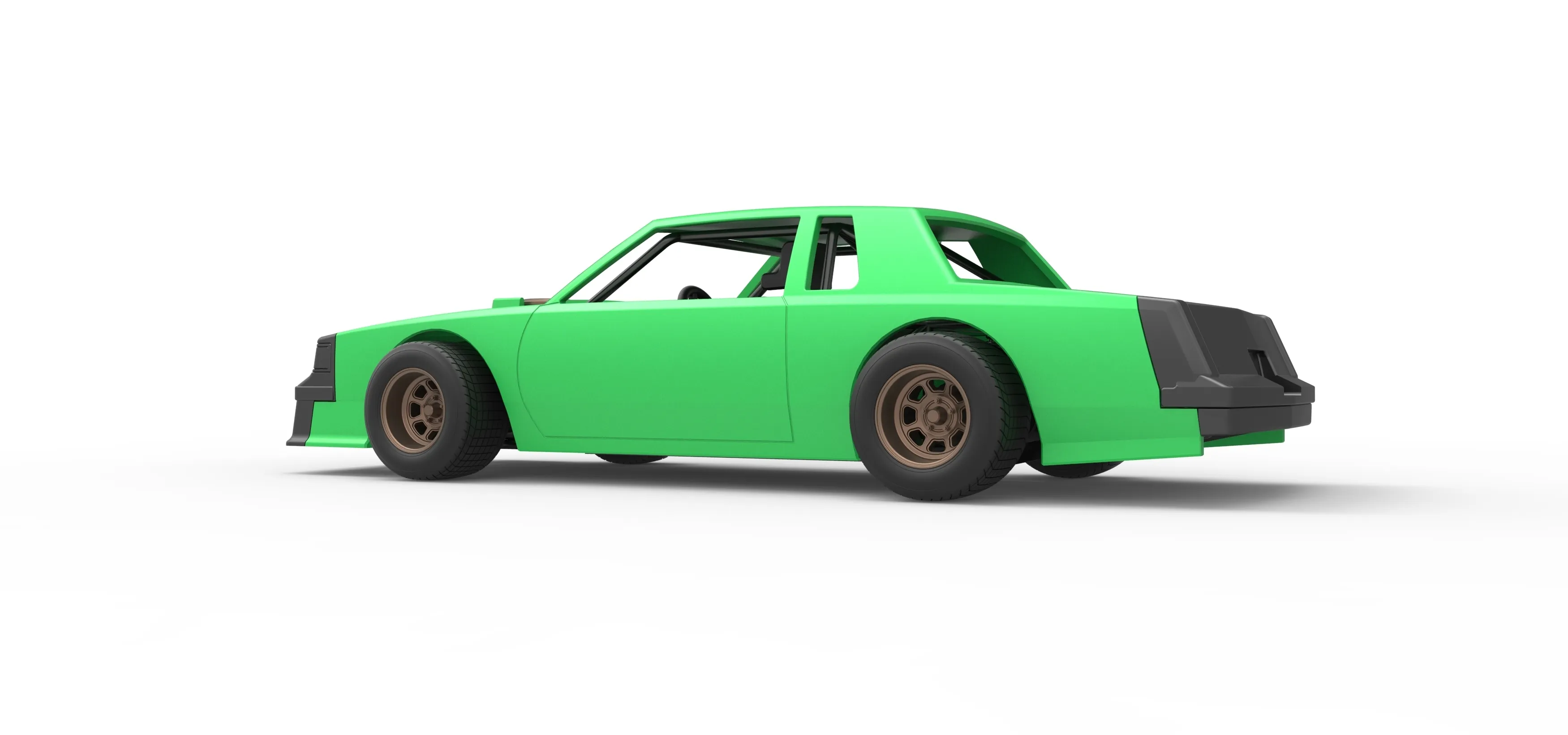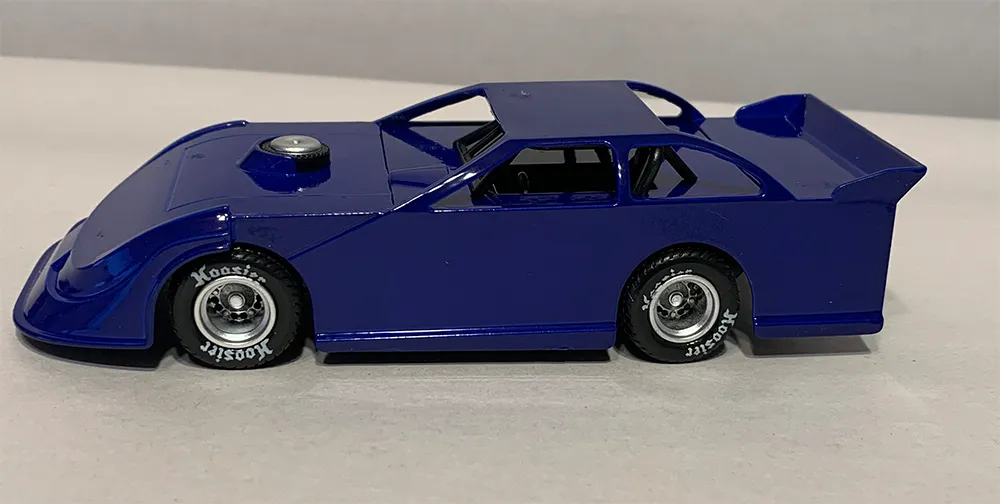Diecast Late Model Cars Top 7 Buying Tips
The world of diecast late model cars offers a captivating blend of nostalgia, craftsmanship, and the thrill of collecting. Whether you’re a seasoned enthusiast or a newcomer eager to dive into this hobby, knowing how to navigate the market is crucial. This guide provides seven essential tips to help you make informed decisions, ensuring you build a collection you’ll cherish for years to come. From understanding scales to recognizing quality materials and finding the best places to buy, we’ll cover everything you need to know to start or enhance your diecast late model car collection. Get ready to discover the secrets of successful collecting and enjoy the journey of building your dream collection!
Researching Before Buying
Before making any purchase, thorough research is paramount. Start by identifying the specific late model cars that interest you most. Are you drawn to particular drivers, teams, or eras? Familiarize yourself with the different manufacturers and their reputations for quality. Browse online forums, collector communities, and dedicated websites to learn about the models you’re considering. Pay attention to details like the car’s specifications, production numbers, and any unique features. Researching prices is equally important. Check completed listings on online marketplaces to get an idea of the current market value. This will help you avoid overpaying and ensure you’re getting a fair deal. The more you know about the diecast late model cars you’re interested in, the better equipped you’ll be to make informed buying decisions. This will save you both money and disappointment.
Understanding Scales

Diecast late model cars come in various scales, and understanding these is essential for a cohesive collection. Scale refers to the ratio between the size of the model and the actual car. Common scales include 1:64, 1:43, and 1:24, each offering a different level of detail and size. Smaller scales, such as 1:64, are often more affordable and easier to store, while larger scales, like 1:24, provide greater detail and visual impact. Consider the space you have available for display and your budget when choosing a scale. Mixing scales in your collection can create an interesting dynamic, but it’s generally recommended to stick to a primary scale to maintain a sense of consistency. Different scales also affect the level of detail present in the models. Pay attention to the level of detailing, especially if you are trying to find the most accurate model. Ultimately, the best scale is the one that suits your personal preferences and collecting goals.
Common Scales and Their Differences
1:64 scale is very popular because the cars are small and easy to collect and display. This is the scale of Hot Wheels and Matchbox cars, so you can find a lot of options. 1:43 scale is a balance between detail and size. These cars often have greater detail than 1:64 scale models. 1:24 scale is larger and often has the most detail. These models are more expensive and require more display space. This scale is ideal for collectors who prioritize accuracy and intricate detailing, but the cars are more difficult to manage. It’s worth noting that within each scale, variations in detail and quality can still exist based on the manufacturer and the model’s price point. As a result, you should always look beyond the scale.
Identifying High-Quality Materials
The materials used in a diecast late model car significantly impact its durability, appearance, and overall value. High-quality models typically feature a diecast metal body, which provides a realistic weight and feel. Look for models with a sturdy construction, free of loose parts or imperfections. Attention to detail in the materials is another key indicator of quality. Look closely at the tires, windows, and interior for authenticity. The better the materials, the better the model. The more you know about the materials, the more likely you are to select a model that has value and that you will enjoy over the long haul.
Metal vs Plastic

Diecast metal bodies provide durability and a premium feel, while plastic components are often used for interior details or smaller parts. High-quality models will use a combination of materials to replicate the car. Avoid models that are made entirely of plastic, as they often lack the realism and durability of diecast metal. However, it is important to realize that the quality of the plastic is not the only factor. The combination of materials with detailing and licensing is also important to making a valuable model. The best models are a combination of materials and quality.
Checking the Details
Detailing is crucial for a realistic and valuable diecast late model car. Examine the car’s paint, decals, and interior features. Check for accurate representations of the car’s exterior, including the grills, lights, and logos. High-quality models will feature finely detailed interiors with accurate dashboards, seats, and other components. Look for models with opening doors, hoods, and trunks, as these features add to the realism and collectibility. The more intricate the details, the more valuable and desirable the model. Check the small details to ensure that the model is what you expect.
Paint Quality and Finish
The paint quality and finish significantly impact the overall appearance of a diecast late model car. Look for models with smooth, even paint, free from blemishes or imperfections. Check for accurate color matching to the real car. The finish should be glossy or matte, depending on the model’s design. High-quality models often use multiple layers of paint to achieve a realistic look. The details, such as stripes or sponsor logos, should be crisp and well-defined. A high-quality paint job adds to the collectibility and aesthetic appeal of the model, making it a worthwhile investment. When evaluating a model, always look closely at the paint and finish.
Authenticity and Licensing

Authenticity and licensing are critical aspects of a collectible diecast late model car. Authentic models are produced under official licenses from car manufacturers and racing organizations. These licenses ensure that the model accurately represents the real car, with all the correct details, logos, and markings. Licensed models are generally more valuable and sought after by collectors. Ensure that the model you are considering is officially licensed to avoid disappointment and to ensure the model has collector value. Always make sure the model is licensed.
Checking for Official Licenses
Official licenses are usually indicated on the model’s packaging and often on the base of the car. Look for logos and markings from the car manufacturer, racing team, and racing organization. These can include NASCAR, IMSA, or other relevant racing bodies. Verify the authenticity of the license by cross-referencing the model with official sources. This helps guarantee that the model is an authentic representation of the actual car. Authenticity and proper licensing are essential for the long-term value and collectibility of a diecast late model car. Make sure the logos look authentic and that the model has all relevant markings.
Where to Buy
The best place to buy diecast late model cars depends on your preferences and budget. Consider both online marketplaces and specialty stores. Each option offers unique advantages. Before making any purchase, compare prices and read reviews to ensure you’re getting a fair deal.
Online Marketplaces vs Specialty Stores

Online marketplaces, such as eBay and Amazon, offer a vast selection of diecast late model cars from various sellers. They provide convenience and the potential for competitive pricing. However, it’s crucial to carefully vet sellers, check their ratings, and review product descriptions. Specialty stores, both online and brick-and-mortar, focus on diecast cars and other collectibles. They often have knowledgeable staff, a curated selection of high-quality models, and offer personalized customer service. Specialty stores are more expensive, but the quality of the models is more reliable. Consider which marketplace will suit your needs the best, and then make a selection based on your needs and budget.
Setting a Budget
Setting a budget is crucial before you start your diecast late model car collection. Determine how much you are willing to spend per model and overall. Consider the value of the model. Are you willing to spend more for a rare or highly detailed model? Set financial limits to avoid overspending. Sticking to your budget will help you build a sustainable collection and prevent buyer’s remorse. Remember that collecting is a marathon, not a sprint. Take your time to research and choose models that fit your budget. This will make the process more enjoyable.
Considering Rarity and Value
Rarity and value go hand in hand in the world of diecast late model cars. Limited edition models and those with low production numbers are often more valuable. Research the production numbers of the models you are interested in and how much value they have. Factors like the driver’s fame, the team’s success, and historical significance can also influence value. Check completed listings on online marketplaces to understand current market prices. Evaluate the model’s condition, as this can significantly impact its value. Rare and well-preserved models are often worth the investment, but always research and compare prices before making a purchase. Doing the research on price will allow you to make the most intelligent decision.
Storing and Displaying Your Collection

Proper storage and display are essential for preserving your diecast late model car collection. Protect your models from dust, sunlight, and extreme temperatures, as these elements can cause damage. Display cases are ideal for showcasing your cars while keeping them safe. Consider using UV-protective display cases to prevent fading. If you don’t have a display case, store your models in a cool, dry place away from direct sunlight. Proper storage will protect your investment and allow you to enjoy your collection for years to come.
Protecting Your Investment
To protect your investment, handle your diecast late model cars with care. Avoid touching the models excessively to prevent fingerprints and scratches. Clean your models regularly with a soft cloth or brush to remove dust. Avoid using harsh chemicals or cleaners, as these can damage the paint. When handling your models, hold them by the base or wheels to avoid touching the body. With proper care, your diecast late model cars will remain in excellent condition, preserving their value and your enjoyment of the collection. Take care of the model and it will retain its value and desirability.
